Rick Steves’ Europe: Munich: Germany's biggest village
For a while now, I’ve marveled at how Berlin has eclipsed Munich in urban energy. Bavaria's capital seems to be comfortable just being itself rather than trying to keep up with Berlin or Hamburg, its big sisters to the north. It’s a city that celebrates its past while looking energetically into the future.
Despite its population of 1.5 million, Munich (or “München,” as it’s called in German) feels small. This big-city elegance is possible because of its determination to be pedestrian – and bike-friendly, and because of a law that allows buildings taller than the cathedral’s towers only in the city’s outskirts. Even Oktoberfest, the world’s biggest beer party, is not corporate run but city run – leaving it free, easygoing, and hell-bent on having fun rather than making money.
I like to start my visits in the sunlit main square called Marienplatz (“Mary’s Square”), which gives you a fine look at the glory of Munich. I love to take in the ornate facades of the gray, pointy Old Town Hall and the Neo-Gothic New Town Hall, with its beloved glockenspiel – only a century or so old – that recreates a royal wedding from the 16th century. At outdoor cafés, people linger, sharing the square with the birds and the breeze.
The oldest church in town, St. Peter’s, is a few steps from Marienplatz. Along with much of Munich, it was badly damaged in World War II. As part of the soul of the city (according to a popular song, “Munich is not Munich without St. Peter’s”), the church was lovingly rebuilt – half with Augustiner beer money – and the altar and ceiling frescoes were marvelously restored.
After the war, people who lived in Germany's heavily bombed cities debated how they'd rebuild. Should they reconstruct the old towns, or bulldoze and start over from scratch? Frankfurt voted to go modern with a grid street plan (and is today nicknamed "Germany's Manhattan"), but the people of Munich rebuilt their old town center.
City leaders took care to preserve Munich’s original street plan and re-create the medieval steeples, Neo-Gothic facades, and Neoclassical buildings. They blocked off the city center to cars, built the people-friendly U-Bahn (subway) system, and opened up Europe’s first great pedestrian-only zone (Kaufingerstrasse).
Just behind the rebuilt St. Peter’s, you can experience small-town Munich at the Viktualienmarkt, long a favorite with locals for fresh produce and friendly service. While this most expensive real estate in town could have been overrun by fast-food places, Munich keeps the rent low so these old-time shops can carry on.
Browse your way through the stalls and pavilions as you make your way to the market’s main landmark, the white-and-blue-striped maypole. Munich has been a market town since its earliest days as a stop on the salt-trade crossroads. By the 1400s, the market bustled, most likely beneath a traditional maypole, just like you can see today.
As was standard in any village, the decorations that line each side of the pole tell you which merchants are doing business in the market. Munich’s maypole gives prominence to a horse-drawn wagon bringing in beer barrels. And you can’t have a kegger without coopers – on the maypole are four cute guys dancing: the merry barrel makers.
Besides salt, Munich gained a reputation for beer. By the 15th century, more than 30 breweries pumped out the golden liquid, brewed by monks, who were licensed to sell it. They stored their beer in cellars under courtyards kept cool by the shade of bushy chestnut trees – a tradition Munich’s breweries still stick to.
Today, the Viktualienmarkt’s centerpiece seems to be its beer garden. Its picnic tables are filled with hungry and thirsty locals, all in the shade of those traditional chestnut trees.
Wherever you walk, you’ll see the twin onion domes of the Frauenkirche, Munich’s iconic cathedral. Some say Crusaders, inspired by the Dome of the Rock in Jerusalem, brought home the idea. Others say these domes are the inspiration for the characteristic domed church spires marking villages throughout Bavaria. Although much of the church was destroyed during World War II, the towers survived, and the rest has been gloriously restored. If you visit, look for a plaque over the last pew on the left that recalls the life story of Joseph Ratzinger. He occupied the archbishop’s seat in this very church from 1977 until 1982, when he moved into the Vatican, and ultimately became Pope Benedict XVI.
Walking through Munich, you’ll understand why it is consistently voted one of Germany’s most livable cities – safe, clean, cultured, a university town, built on a people scale, and close to the beauties of nature. Though it’s the capital of Bavaria and a major metropolis, Munich’s low-key atmosphere has led Germans to dub it “Millionendorf” – the “village of a million people.”
(Rick Steves (www.ricksteves.com) writes European guidebooks, hosts travel shows on public TV and radio, and organizes European tours. This column revisits some of Rick's favorite places over the past two decades. You can email Rick at rick@ricksteves.com and follow his blog on Facebook.)
©2024 Rick Steves. Distributed by Tribune Content Agency, LLC.
(c)2024 RICK STEVES DISTRIBUTED BY TRIBUNE MEDIA SERVICES, INC.
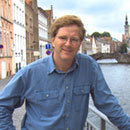




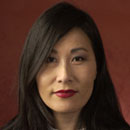
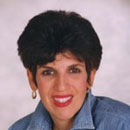
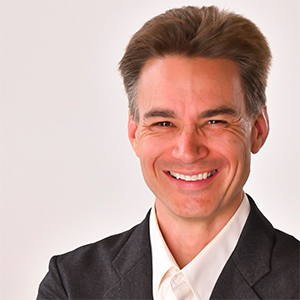
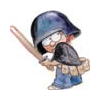
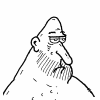
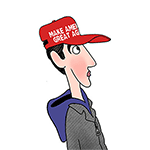
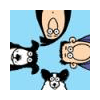
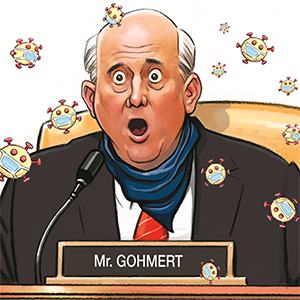
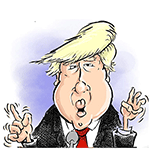
Comments